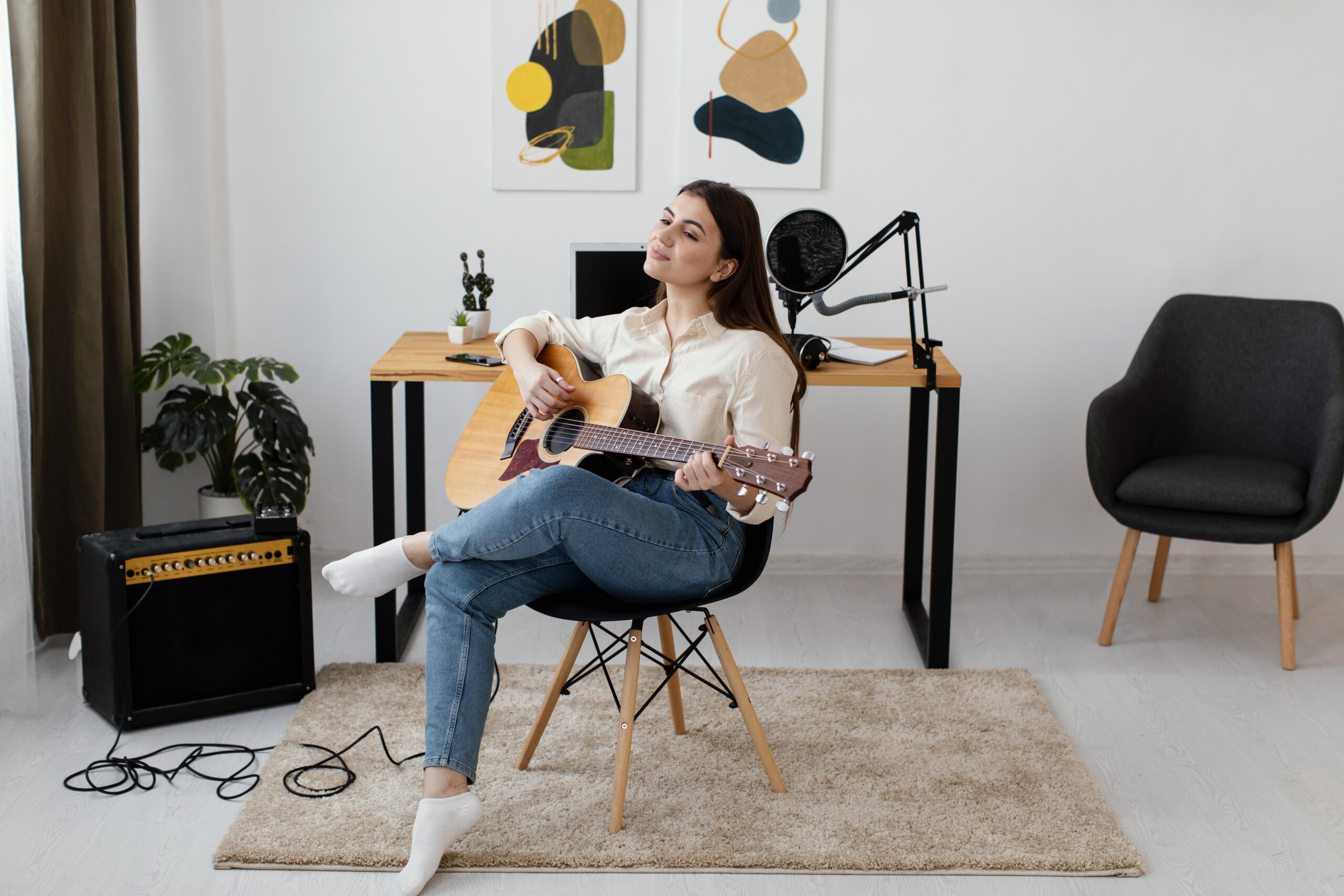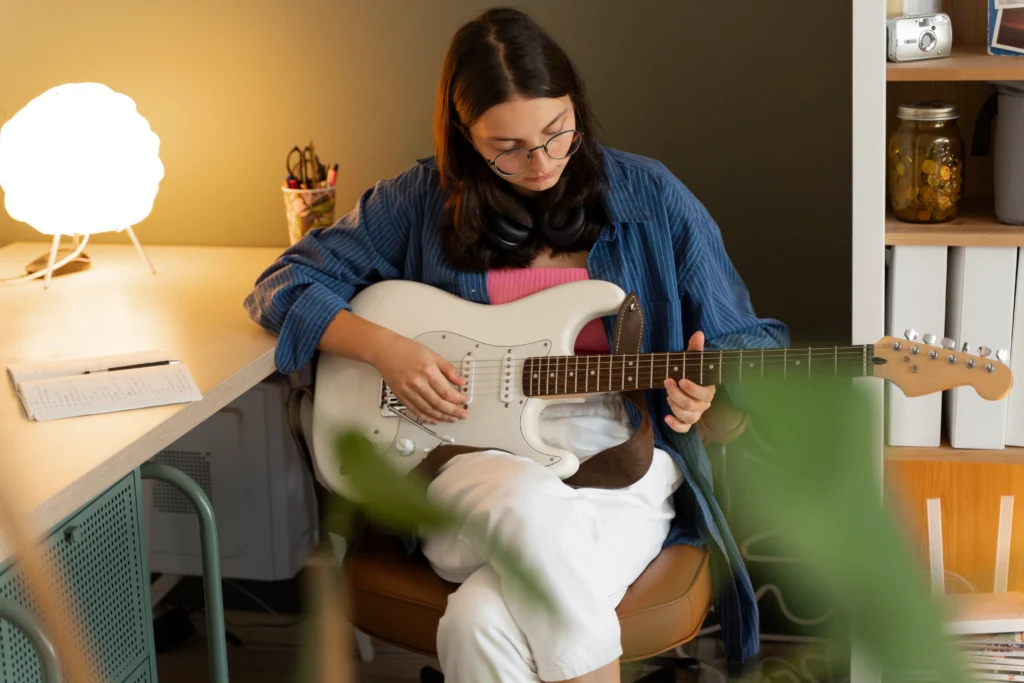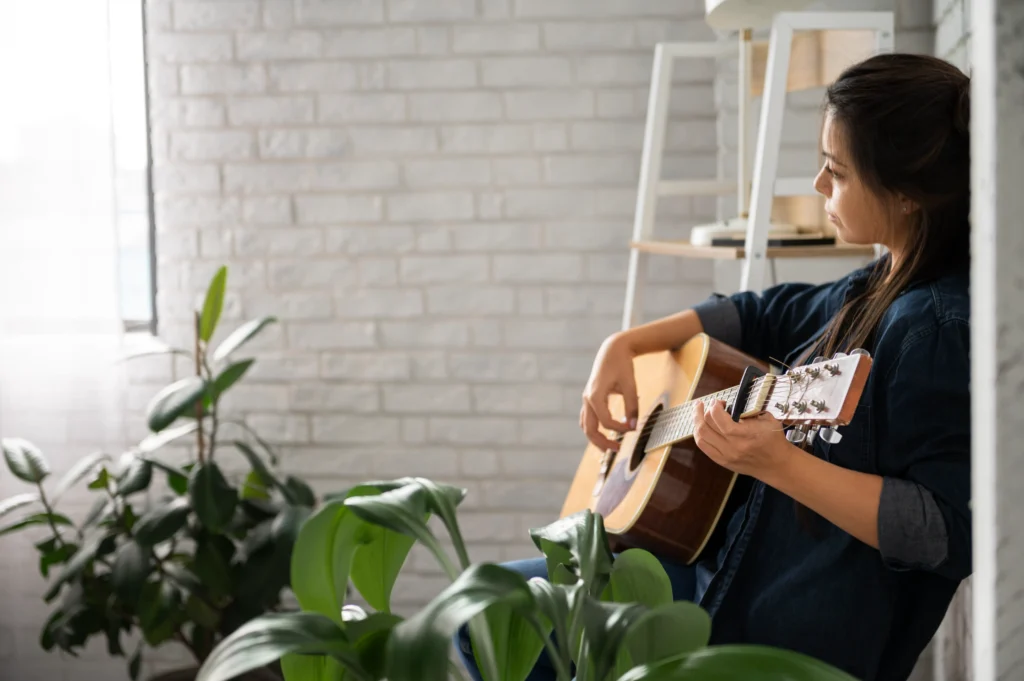Music Therapy
What is GIM?

The Bonny Method of Guided
Imagery and Music (GIM)
The Bonny Method of Guided Imagery and Music (GIM) is a music-centered depth approach to transformational therapy that uses selected sequences of classical music to support the generation of and movement through inner experiences. In GIM, the music serves as a catalyst and container for imagery that allows one to access and explore both the depths and the heights of the human experience.
What happens in a typical session of GIM?
- The typical GIM session begins with a preliminary conversation during which the therapist assesses the mood and energy level of the client and selects the music program for the session.
- The client then reclines as the therapist offers suggestions for relaxing the body and focusing the mind in preparation for the music.
- Once the music begins the therapist does not make suggestions as is typical in other forms of imagery with music. Instead, the client takes the therapist along on his/her journey by describing the experience as it unfolds. The therapist’s role is one of facilitator and witness, to support the client’s engagement with whatever experience may come.
- After the 35-45 minute period of music, the therapist facilitates a return to waking consciousness, and the client and therapist review the session together.

Here are some links to the research on positive effects as related to treatment of anxiety and stress:
Here are some links to the research for GIM as a viable (maybe even preferred) alternative to psychedelics (specifically, LSD):
(Excerpt: ” In 1969, Bonny was a research fellow at the Maryland Psychiatric Research Center during its LSD research program. She was assigned to investigate the effects of music listening and relaxation during the LSD in-take treatment. As part of the music experience, Bonny became increasingly interested in a relationship between the preparation of the music experience, which involved relaxation, and music listening itself. After the government banned LSD from clinical use in 1971, Bonny conducted a music and imagery session with the wife of a patient at the facility (H. Bonny, personal communication, March 19, 2001; Summer, 2002). She found that the music had more vivid effects that lasted longer for the wife who did not take LSD than for the husband who had received the LSD treatment with music and imagery. She then decided to conduct research involving music listening and relaxation but without the LSD component. She came to realize that guided imagery and music listening experience promoted greater self-awareness and acceptance by allowing the individual to confront personal issues in an altered state of consciousness”)
(Abstract: “Shamanism, an archaic technique of ecstasy, and guided imagery and music, a recently-developed music therapy technique, possess some basic similarities. In this paper, the two techniques are compared in terms of the process structure, the imagery experienced, and the structure of consciousness implicit in both techniques. Both processes involve the use of music in attaining an altered state of consciousness for the purpose of healing. Both processes involve sequentially and structurally similar stages. On the other hand, differences in the time frame, role structures, and use of media reflect differences between the cultures in which the techniques are practiced. Practically identical imagery has similar functions in both. Finally, the techniques suggest maps of consciousness that are strikingly similar.”)
(Excerpt, this is from the creator of the method, Helen Bonny, herself): It was the late 1960’s and illegal drugs were rampant on the streets. A research center in Maryland was exploring the effects of LSD on clinical populations. Grants were obtained from medical facilities and the research was approved by the National Institute of Mental Health (NIMH) to work with appropriately tested populations: alcoholics, terminal cancer patients, emotional illness, and with professional clinicians who wished to experience the further reaches of consciousness. Music was used as the safest and most effective accompaniment to high dose drug usage. It was my job to help choose the most effective musical accompaniment to each treatment schedule. To do so I conducted in-house research. We found that classical music was by far the most effective for the drug sessions.
A primary purpose of this investigation was to help the client attain what was called a psychedelic experience. These episodes had been viewed with impure street drug doses which resulted in bad trips under unsupervised conditions, with no measurement of drug doses, and no preliminary psychotherapeutic treatment. It was the psychedelic or peak experience which was valued. The twelve steps of “Alcoholics Anonymous” had proved the value of spiritual encounter in healing.
Using Music Alone
Our work with using the LSD substances was resulting in positive research results, but misuse of the drugs on the streets of America was creating havoc. With legislation against street drug use, our research efforts were discontinued. It gave me a perfect opportunity to experiment using music as the sole instigator of inner experience. I had remembered sitting in the audience when great orchestral music was played and had remembered drifting into deep worlds of beauty. I didn’t realize then what the transforming state was, but I loved the feelings that were aroused. I asked myself “Could this concentration and openness to great music with which I had listened be reproduced in others?” If so, then perhaps the deep feelings and experiences I had observed in our psychedelic drug work could be replicated.
I tried using music alone with alcoholic clients. It didn’t work. They needed to become more relaxed. To do so I tried relaxation exercises and gave them a familiar imagic starting place before introducing the music material.
The setting I tried was the same as with the drug sessions: lying on a couch with the therapist beside them. When the images were reported, the therapist began a dialogue to encourage a continuation of the music generated imagery. This process brought images and feelings to the surface which were then documented and used in a post-music integration. It worked! Over several music sessions, deeper levels of consciousness were reached without the difficulties we had encountered in the drug-music sessions.
The Bonny Method of GIM has borrowed strongly from the clinical drug-related work begun in the early 70’s at the Maryland Psychiatric Research Center. It has, however, separated itself by making music, rather than the drugs the initiator, supporter, and mediator of deep inner experience.






